The world is a noisy place — and scientists can use that sound to help protect wildlife and wild places.
Acoustic recorders are like audible camera traps, capturing bird song, frog calls, insect stridulations, bat or marine mammal echolocation, and even the sounds that humans and our technology produce. This new emerging field of ecoacoustics (or bioacoustics) is already changing how conservation gets done, and scientists predict that it will revolutionize how we monitor species, assess ecosystem health, and evaluate human impact.
So read on to learn how sound data helps track the world’s most endangered cetacean, understand how logging changes biodiversity in Indonesia’s tropical forests, and even locate the mythical Australian night parrot.
-
Eavesdropping on Elephants… and Poachers
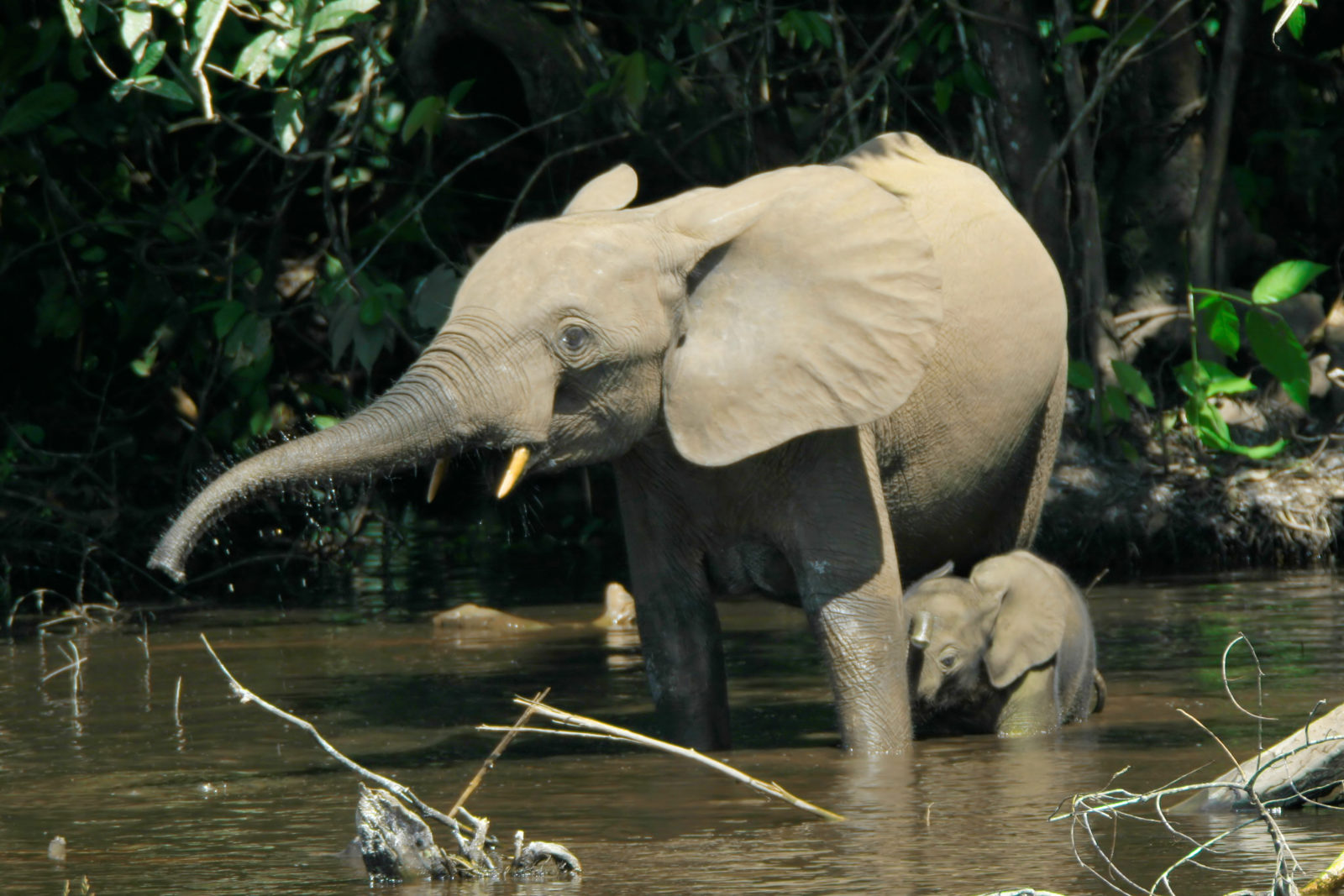
Photo © Thomas Breuer Wikimedia Commons Unless you’re a mammal nerd, you might not know that elephants can communicate without ever making a sound — or at least a sound that humans can hear. All three species of elephants produce infrasonic vocalisations below the range of human hearing that can travel up to 300 square kilometers. (As if elephants weren’t amazing enough.)
Scientists at Cornell University’s Elephant Listening Project are taking advantage of these infrasounds to eavesdrop on endangered African forest elephants. Unlike their savannah-dwelling relatives, forest elephants inhabit the dense forests of Central Africa, particularly Gabon and the Central Africa Republic. Their numbers have plummeted nearly 60 percent in the last 10 years alone, and slow birth rates make it very difficult for them to withstand poaching pressure. Conservationists trying to monitor these elephants face quite a challenge, as it’s both difficult and expensive to track mobile mammals wandering remote, dense forests.
So scientists place recorders in the forest that can pick up infrasounds from nearly a kilometer away. Then, those recordings are run through an automated computer program that can sift out elephant rumbles from other sounds. This technology is also being used to understand how forest elephants respond to nearby oil exploration and to monitor changes in poaching activity.
-
Searching For Night Parrots in the Australian Desert
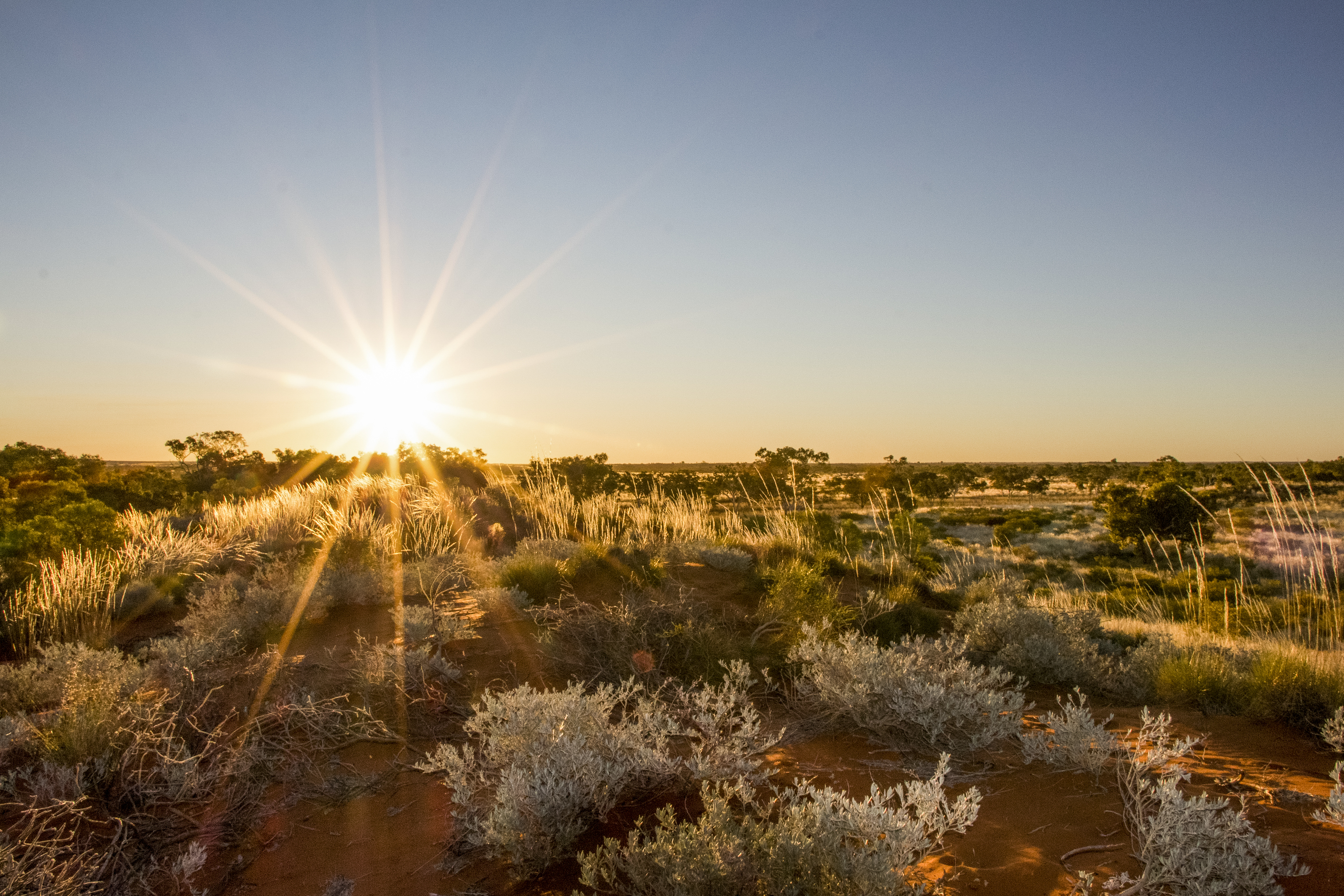
Sunset over the Australian aridlands. Photo © Justine E. Hausheer / The Nature Conservancy Do you remember Christmas morning as a little kid… that feeling of overwhelming anticipation so strong you thought you might vomit with excitement? Well if you ever want to induce that same feeling in a bunch of adults, just walk into a room full of Australian birders and say the words “night parrot.”
This desert-dwelling parrot species — lovingly described as “dumpy” by a field guide — is the holy grail of Australian birds. Until recently, no one had seen the species alive in nearly a century. But dessicated carcasses kept turning up, tantalizing birders and scientists. After a few sightings in the early 2000s, researchers captured a live night parrot in eastern Queensland in 2015.
These days, it seems that night parrots are popping out of the spinifex left and right, with populations in Western Australia, South Australia, and Queensland. But how exactly do you find or monitor a species so cryptic that it evaded detection for an entire century, especially when it lives in an environment so arid and remote that NASA uses it to test equipment for Mars missions?
Instead of blundering around the bush every time someone cries “parrot,” researchers use acoustic recorders to confirm new sightings and to monitor known populations in southwestern Queensland. These data will hopefully provide much-needed insight to help save this elusive bird, and keep Aussie birders drooling at the thought of further sightings. (And check out this story for more on the elusive night parrot.)
-
Measuring Logging’s Impact on Borneo’s Biodiversity

The road through Karya Lestari, a conventional logging concession in Berau, Indonesia. Photo © Justine E. Hausheer / TNC Conservationists can’t always protect every hectare of tropical forest — as much as we might want to, developing countries need to utilize their natural resources, too. But conservation and development can go hand-in-hand, if done properly.
The Nature Conservancy is helping the Indonesian government develop and land-use plan for East Kalimantan province, which still has substantial forest cover. But is it better for biodiversity to leave most of the forest standing, but with low-intensity selective logging across most of that area, or instead to combine protected areas with intensive agriculture, like palm-oil?
To help solve that puzzle, Conservancy scientists gathered hundreds of hours of acoustic data from different land-use types, including pristine forest, logged forest, and oil palm plantations. They can infer a rough estimate of biodiversity by examining how much of the frequency spectrum is occupied by animal sound. Another analysis will hopefully reveal how species composition changes when a forest is logged. (You can read more about this research here.)
The Conservancy used similar techniques to measure the effectiveness of community conservation in Papua New Guinea, and is currently gathering acoustic data to understand how forestry reform will affect biodiversity in Myanmar’s teak forests.
-
Counting Bats in Brazil
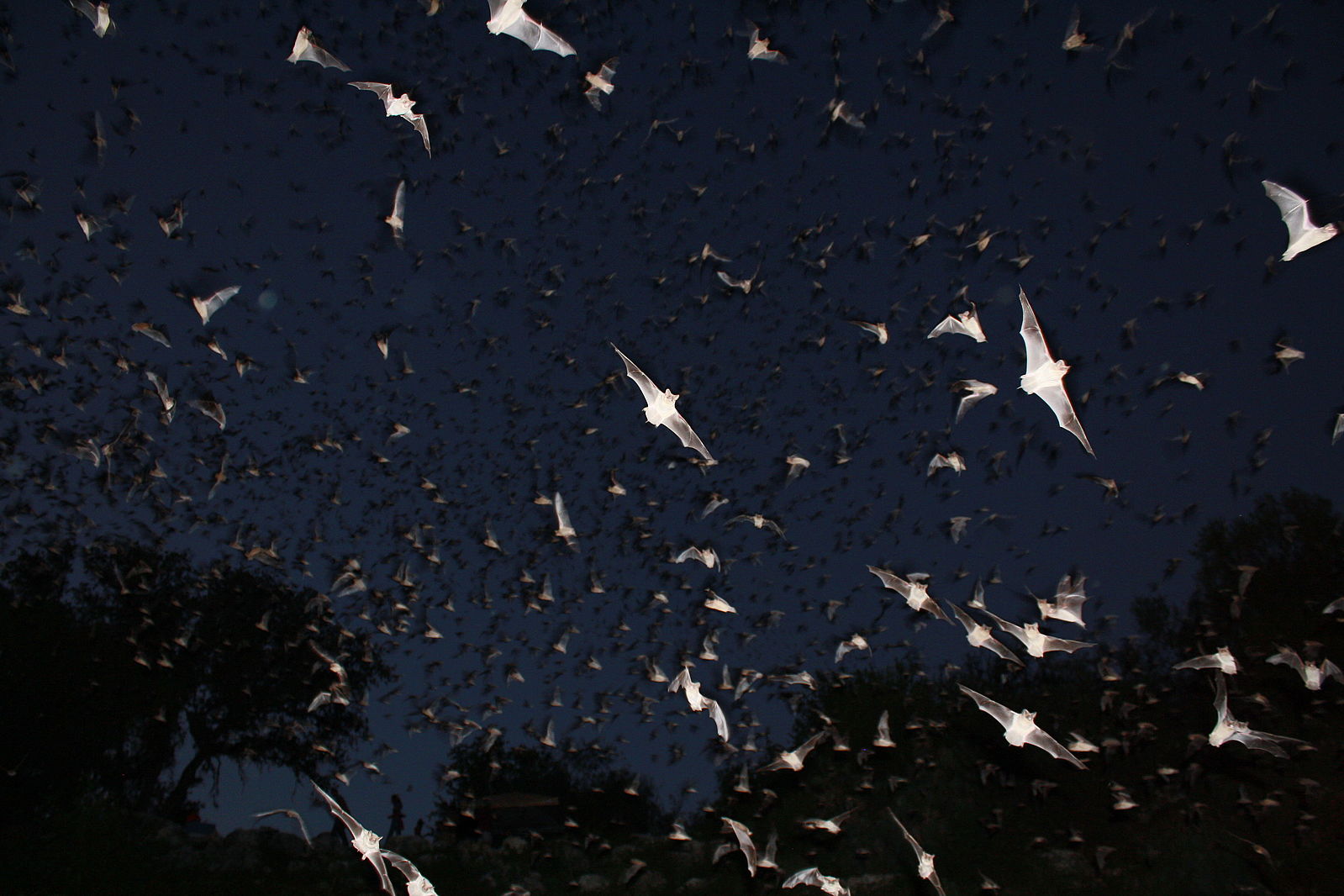
Bats emerge from a cave in Texas. Photo © USFWS, Ann Froschauer / Wikimedia Commons Standing at the mouth of a dark cave while thousands of bats swarm overhead is either heaven or hell, depending on how you feel about flying mammals. (Either way, keep your mouth closed.)
While bats might be easy to see, like most flying things they’re not necessarily easy to study. Most species can only be identified in the hand, which involves catching a fast-flying, decently intelligent creature who would rather be munching up insects or fruits. Some species are adept at avoiding capture, while others flight high above the ground, too high for a typical mist net to capture them.
Scientists studying the bat species of Brazil’s dryland forests compared typical mist-net inventories with species counts derived from acoustic recordings. Netting alone captured 20 percent of the expected insectivorous species in the area, while acoustic sampling detected 42 percent. The researchers recommend using a combination of both techniques to best count bat species.
-
Tracking the World’s Most Endangered Cetacean
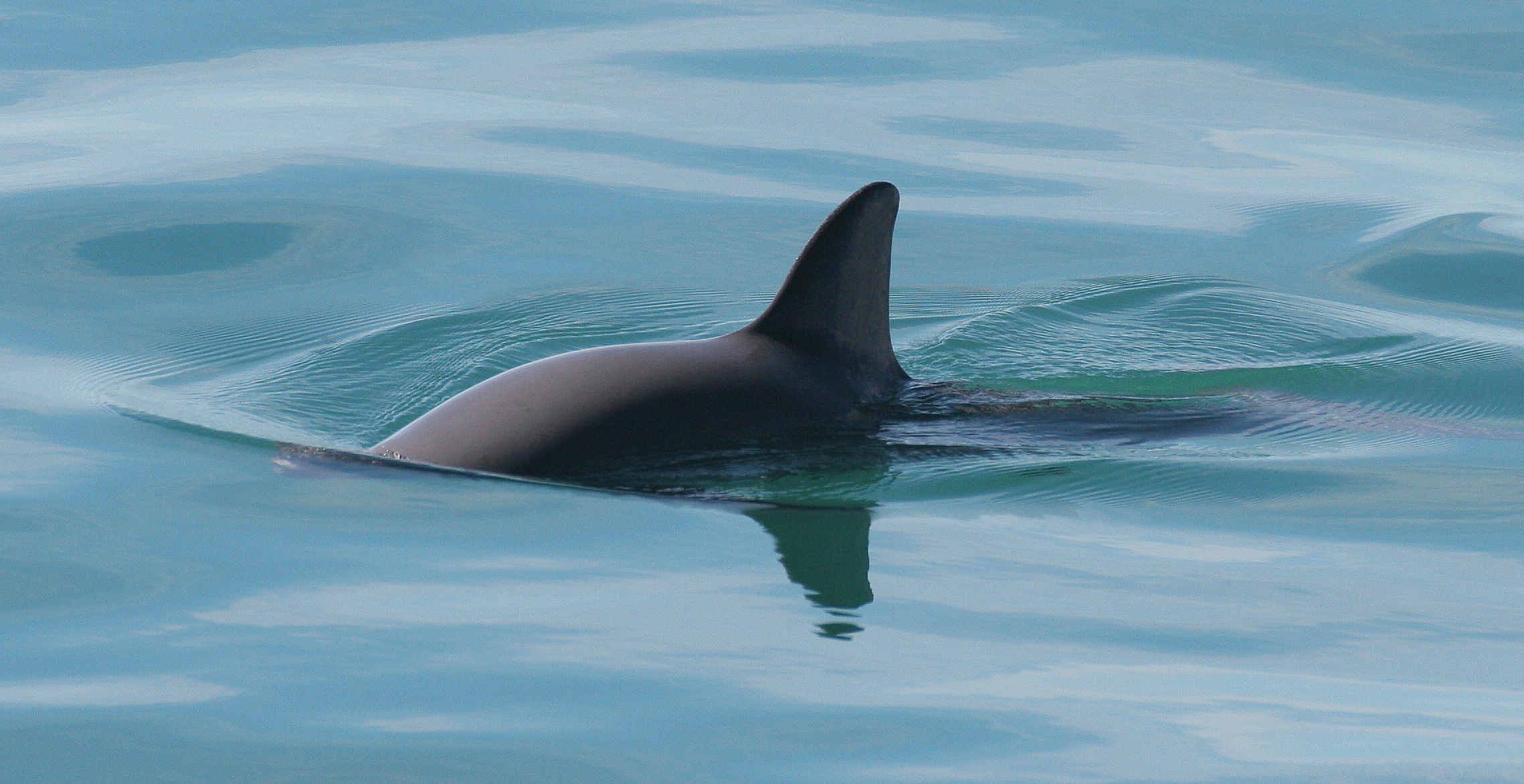
An endangered vaquita. Photo © Paula Olson, NOAA / Wikimedia Commons I often wonder what it would be like to be an animal… but even in my daydreams I definitly don’t want to be a vaquita. First discovered in 1958, this pint-sized porpoise is endemic to the northern reaches of the Gulf of California. Vaquitas are about 5 feet long and 120 lbs, and like other delphinid species they’re pretty darn cute. They’re also extremely endangered, with just about 30 individuals left alive in the wild. Now that the Chinese river dolphin kicked the bucket, vaquitas are officially the world’s most endangered cetacean.
The main enemy are the mile-long gillnets put out by local fishermen to catch totoaba fish, which are also endangered. The fishes’ swim bladders are dried and then sold on the black market as — wait, wait, don’t tell me! — traditional Chinese medicine. Scientists estimate that somewhere between 40 and 80 vaquita drowned in gillnets each year, causing the population crash.
A hail-Mary international effort is underway to try and save the species, but so few vaquita remain that’s is exceptionally difficult to keep track of them. So in 2011, scientists deployed 46 moored acoustic detectors throughout the vaquita’s range to record their echolocation clicks. These data backed up conservationists’ worst fear: Between 2011 and to 2015, acoustic activity declined by 80 percent in the central portion of the vaquita’s range, with an annual rate of decline of 34 percent. (Additional vaquita monitoring is being done with the aid of bottlenose dolphins, which are trained by the U.S. Navy to locate vaquita and report those sightings to humans.)
In 2017, Mexico’s president implemented a permanent gillnet ban in the vaquita’s range, but a similar temporary ban from 2015 to 2017 failed to halt the population decline. If it continues, scientists estimate that the vaquita will become extinct by 2022.
-
Surveying Seabird Colonies in San Francisco Bay
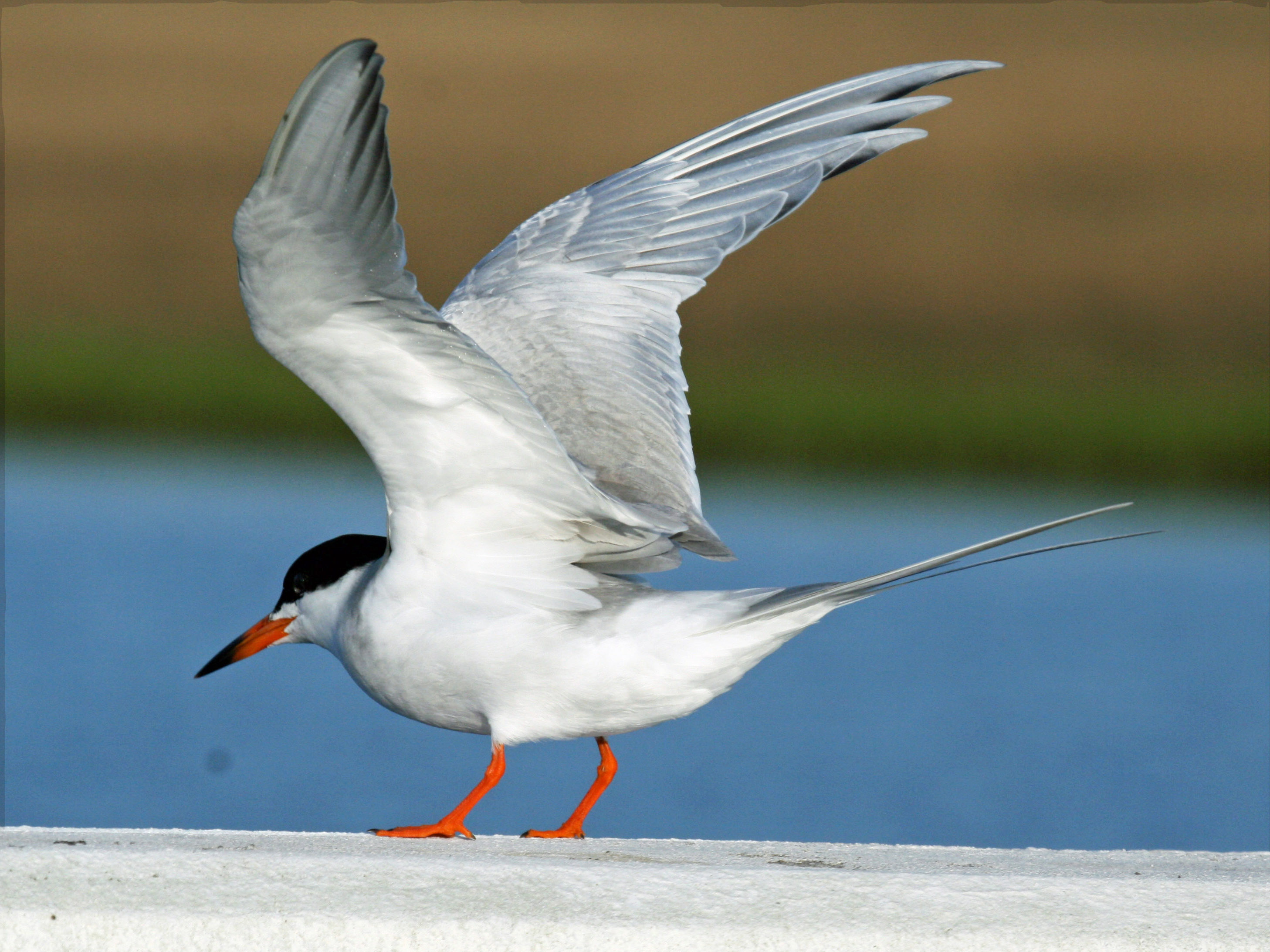
A Forester’s tern. Photo © Dick Daniels / Wikimedia Commons If you’ve ever been to a seabird colony, you know that there’s a whole lot of communication going on. (And a whole lot of pooping, too). Birds fly in, fly out, build nests, find mates, vomit up fish for their chicks, and diligently procreate.
Counterintuitively, having all of these birds in one location makes it difficult to get an accurate headcount. There’s just too much going on, plus the birds have an annoying habit of nesting on sheer cliffs, remote islands, or other hard-to-reach places. But breeding time is often the only opportunity that scientists have to accurately assess seabird populations. Many species, like petrels and albatross, spend nearly their entire life on the wing, far out to sea, and only come ashore once every few years to breed.
Suspecting that acoustics might help solve this problem, scientists at the University of California, Santa Cruz placed acoustic recorders in seven Forster’s tern colonies in San Francisco Bay. As each tern returns to the colony, it gives out an “advertisement call” as a way of saying hello to its friends, mate, or chick. Researchers discovered that there is a consistent relationship between the number of advertisement calls and the number of birds in the colony. And the amount of general acoustic activity was also a good predictor of the number of seabird nests.
While additional research is needed to figure out if this technique could work for other species… it’s definitely a promising alternative to sending out some poor grad student with a notebook and galoshes.
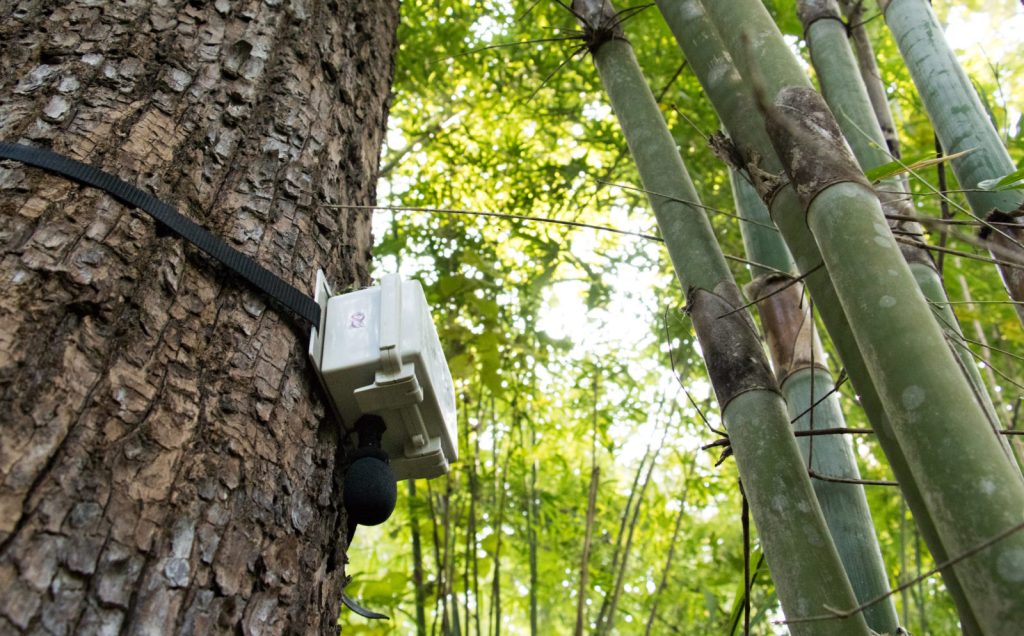



good work and initative done by nature conservency to protect wildlife and forest and also our valuable resourses one thing we should do we make a campaign drive in villages near the forest in whole world to educate the peoples about nature and environment and there impact on our daily life so peoples save forest and wildlife for there future
Great post. Thanks!